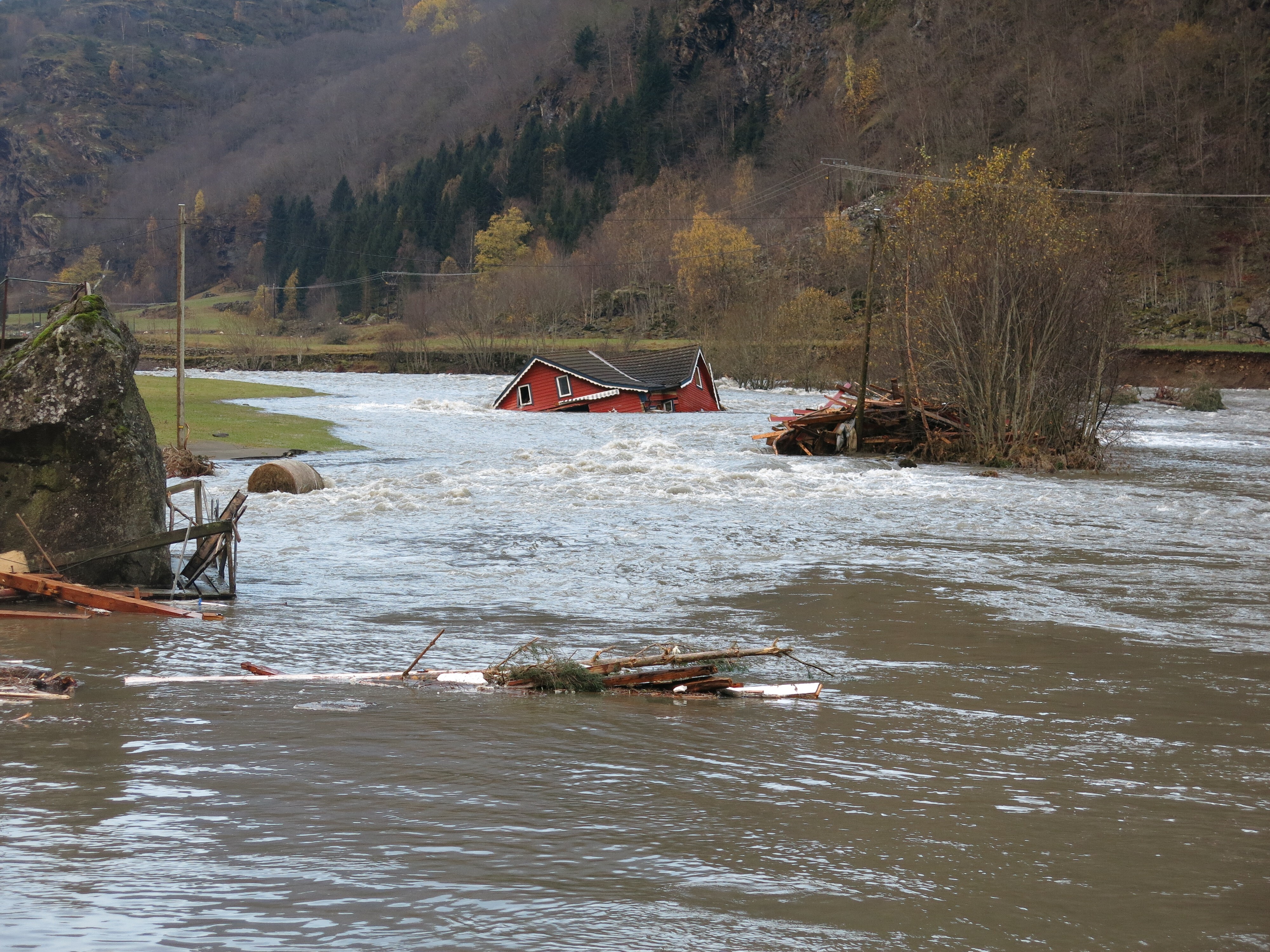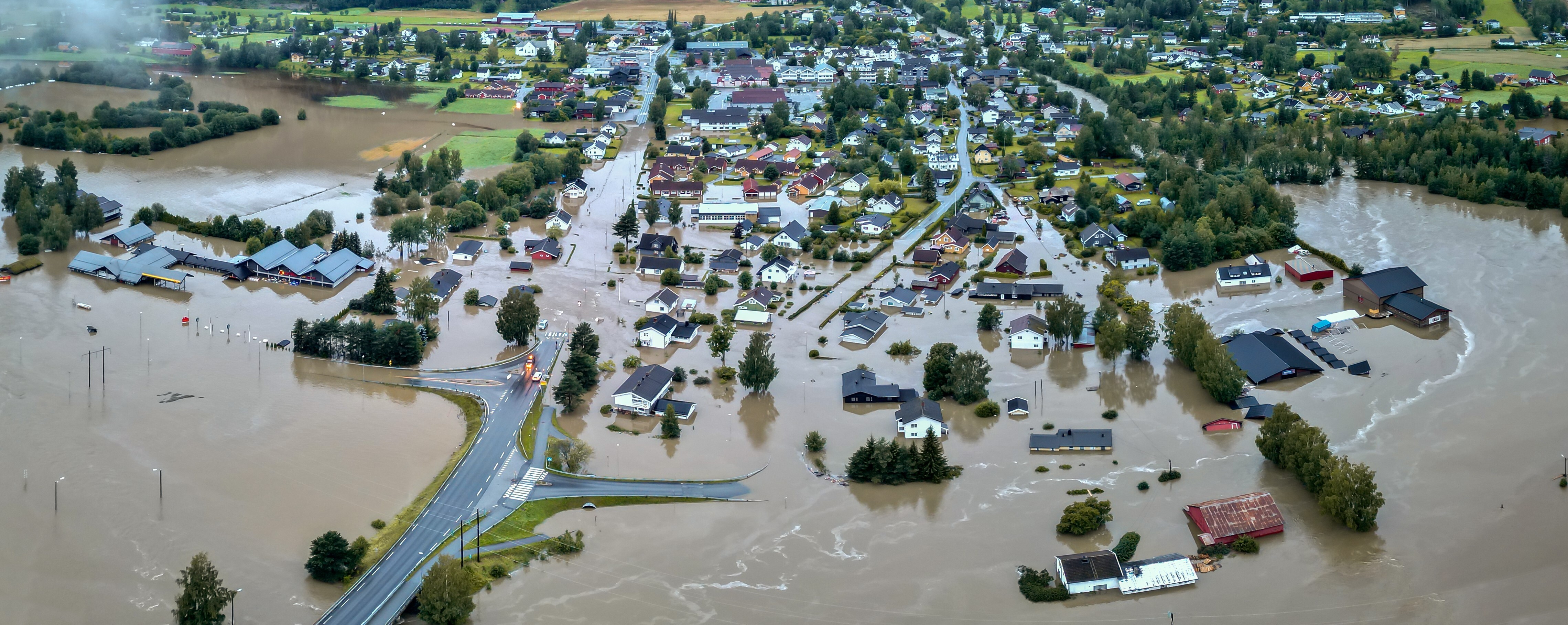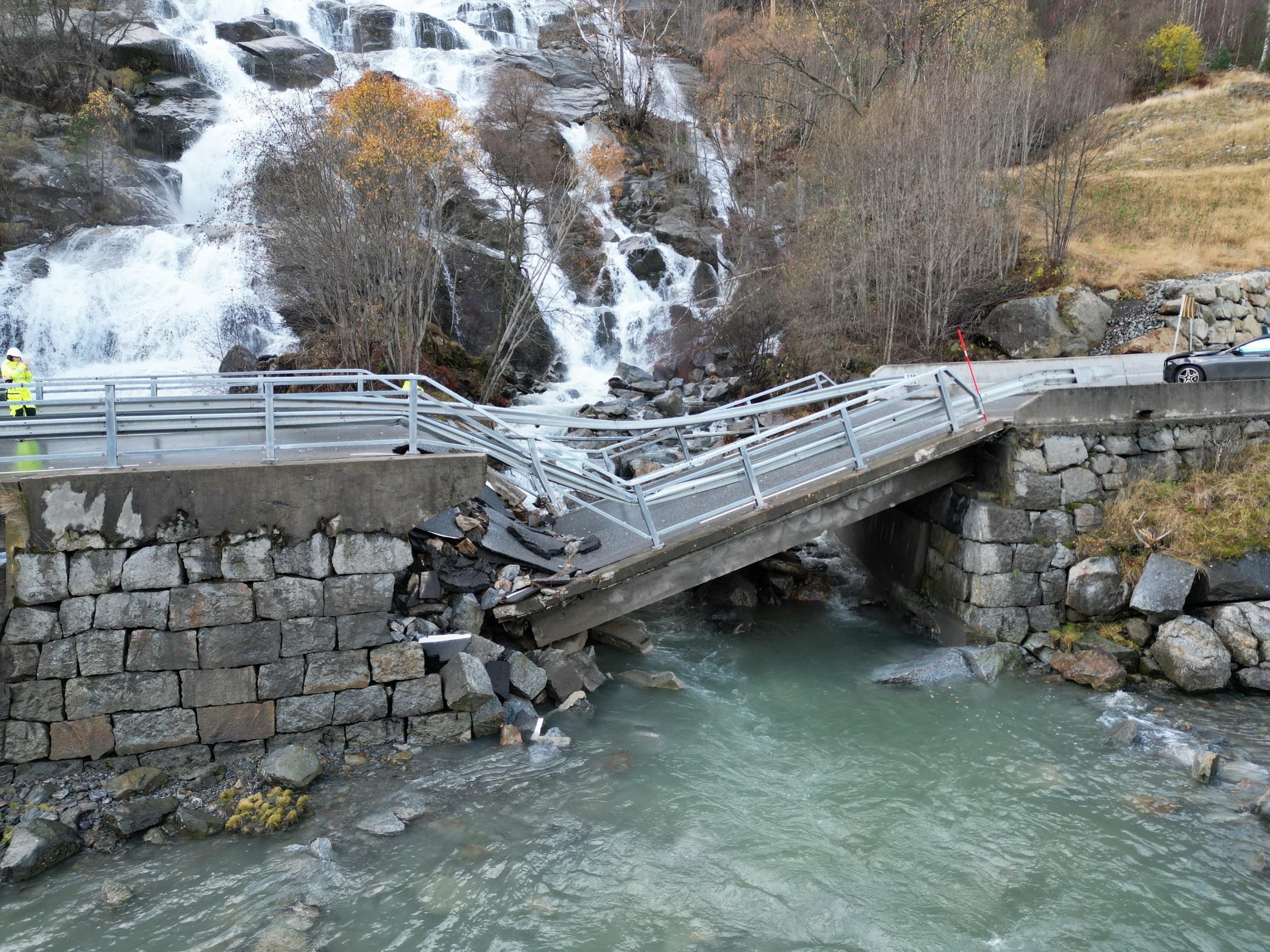To protect lives, properties, and avoid damage to infrastructure, we must adapt to a changing climate, the researchers behind the report suggest.
– The research clearly outlines the major trends: we will experience more precipitation, more frequent droughts, and less snow. These changes have many serious consequences for both society and nature, says Anita Verpe Dyrrdal, a researcher at the Norwegian Meteorological Institute and head of the Norwegian Climate Service Center. She is the lead author of the report 'Climate in Norway: Knowledge Base for Climate Adaptation,' which was commissioned by the Norwegian Environment Agency.
The report's conclusions are based on analyses of how weather and climate are expected to change by the end of the century.
– Climate change is occurring here and now. We are already experiencing an increase in extreme weather events, more precipitation, and floods and landslides happening more frequently. The report from the Norwegian Climate Service Center shows that this trend will continue, and that these changes will have severe impacts on people if we do not address them. While continuing to reduce greenhouse gas emissions is the most important action we can take to mitigate the effects of climate change, it is also clear that we need to take concrete measures to adapt and better prepare ourselves for a changing climate, says Minister of Climate and Environment Andreas Bjelland Eriksen.



